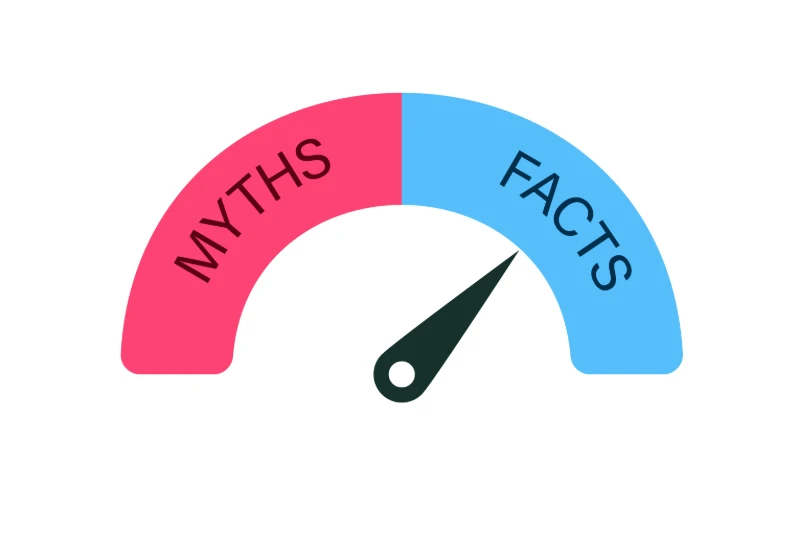How to Track Housing Data to Anticipate Market Trends
Summary: In this post, we’ll explore how tracking real-time housing data—especially in markets like Colorado Springs—can give you a clearer sense of upcoming trends in mortgage demand, home sales, and inventory. By the end, you’ll understand how to use this information to confidently navigate the local real estate landscape with the guidance of 719 Lending.
Understanding the Importance of Real-Time Housing Data
Tracking housing data used to be a challenge. Just a few years ago, homebuyers, homeowners, and real estate professionals had to rely on lagging indicators. Today, however, we can analyze market signals in near-real-time. With this data, Colorado Springs buyers and sellers can gain an edge, making informed decisions that keep them ahead of the curve.
Here’s what you need to know next: Real-time data helps you gauge how mortgage rates, purchase applications, and contract signings affect future home sales. By learning to read these signs, you become more confident about what’s coming in the Colorado housing scene.
How Mortgage Rates Affect Purchase Applications
Focus Keyword in Subheading: How to Track Housing Data Using Purchase Applications
Mortgage rates directly influence buyer behavior. When rates drop, buyers often feel more optimistic. This optimism can lead to an uptick in mortgage applications, serving as a forward-looking indicator of homebuying activity.
For example:
- When rates were high (e.g., around 7%), purchase applications saw more negative patterns.
- As rates moved closer to 6%, purchase applications generally improved, showing more positive shifts week over week.
Why this matters in Colorado Springs:
Colorado Springs has become an attractive market for both first-time homebuyers and current homeowners looking to move up. When rates dip, buyers here often gain confidence, increasing the likelihood of more closed sales in the following months. By monitoring purchase applications and mortgage rate changes, you can predict when local home sales may rise.
When mortgage rates were running higher earlier in the year (between 6.75%-7.50%), this is what the purchase application data looked like:
- 14 negative prints
- 2 flat prints
- 2 positive prints
When mortgage rates started falling in mid-June from the yearly peak of 7.5% toward 6%, here’s what purchase applications looked like:
- 12 positive prints
- 5 negative prints
- 1 flat print
Mortgage rates jumped from 6% to 7% and are now down just a tad from the recent peak, and this is what the data looks like:
- 5 positive prints
- 4 negative prints
Purchase applications are tracked 30 to 90 days before they impact sales data. From the information above, we can observe that sales can increase when mortgage rates approach 6%. If rates drop below 6% and remain there for a year, we can expect significant sales growth since we are starting from a historically low baseline.
Purchase application data is at levels not seen since 1995, indicating a low-growth threshold. However, we now have a clearer understanding of where we can expect to see real improvements in these data lines.
Weekly Pending Contracts: Your Early Sales Signal
If purchase applications are the starting line, then pending contracts are a vital midpoint. Pending contracts represent homes that have gone under contract and will likely close within 30-90 days. Tracking these weekly figures can offer valuable insight into future sales trends.
Here’s why:
- An increase in pending contracts often follows periods when mortgage rates stabilize or decline.
- Improvements in pending data show that buyers are feeling confident enough to make offers.
In Colorado Springs, stable or slightly lower mortgage rates can encourage more contracts, especially as buyers find suitable homes. With more pending contracts, we can expect stronger existing home sales in the near future.
Our weekly tracker also provides an overview of our inventory data to add more context to what’s going on in the housing market. Since the lows of 2022, we have seen an increase in active inventory. This is precisely what the housing market needed as we have more choices for homebuyers and less price growth.
Inventory Growth: More Choices, Less Price Pressure
Active inventory levels in Colorado and specifically in Colorado Springs tell us how many homes are available. Increased inventory means buyers have more options. This can reduce upward price pressure, making the market more approachable—particularly for first-time homebuyers.
Tracking inventory can help you:
- Understand if the market is leaning toward sellers or buyers.
- Gauge if price growth is likely to slow, offering you a chance to find a home that fits both your budget and your needs.
Keeping an eye on inventory trends with the help of 719 Lending’s guidance and local market expertise ensures you’re not caught off guard by sudden shifts.
The last existing home sales report also beat estimates:
Connecting the Dots: Existing Home Sales Trends
As these weekly indicators—mortgage rates, purchase applications, and pending contracts—trend positively, existing home sales often follow suit. Rather than waiting for monthly or quarterly reports, you can observe these real-time shifts to anticipate sales data before it’s officially released.
Recent improvements include:
- Pending home sales showing gains for several weeks.
- Existing home sales data beating expectations, reflecting the earlier positive signals from purchase applications and pending contracts.
By understanding these connections, you’ll know where the Colorado Springs market is headed, allowing you to plan your mortgage strategy with more confidence.
The post How to Track Housing Data to Anticipate Market Trends appeared first on 719 Lending.
Categories
Recent Posts












